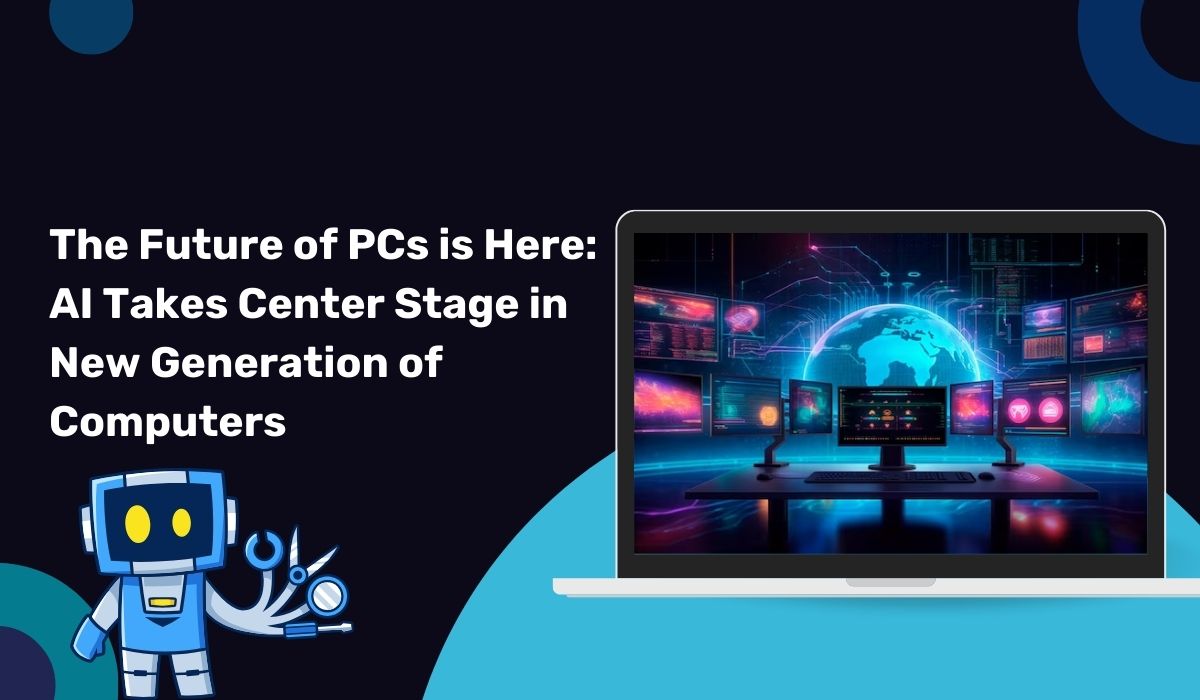
Microsoft and PNNL (Pacific Northwest National Laboratory), a division of the United States Department of Energy, have leveraged advanced artificial intelligence (AI) to uncover a novel substance with the potential to enhance the safety, energy density, and resource efficiency of batteries. The joint announcement on Wednesday revealed that the innovative use of AI enabled the screening of more than 32 million potential candidates to discover and synthesize materials that could contribute to the development of superior batteries.Employing cutting-edge AI methods, researchers identified over 500,000 stable candidates among the vast pool of materials. However, the subsequent challenge lies in pinpointing a material with the precise properties required, a task comparable to finding a needle in a haystack. Traditionally, achieving this would involve extensive high-performance computing and laborious lab experimentation, a process that Microsoft suggests could take "multiple lifetimes."
The Azure Quantum team at Microsoft collaborated closely with PNNL to unveil an entirely unknown material absent in nature. Following this identification, PNNL scientists undertook the synthesis and testing of the material, culminating in the creation of a functional prototype. This prototype showcased the material's distinctive properties, highlighting its potential as an energy-storage material that consumes significantly less lithium and other resources.The resultant solid-state electrolyte represents a noteworthy advancement, boasting a reduced likelihood of combustion compared to current lithium-ion batteries utilizing liquid electrolytes. Solid-state batteries not only offer enhanced safety features but also present the opportunity for increased energy density. With lithium being both expensive and relatively scarce, the environmental and social challenges associated with its mining may be mitigated by this new battery material, potentially reducing lithium usage by up to 70%.
While the discovery marks a significant milestone, there remains extensive work ahead to ascertain the commercial viability of the new material. However, the most remarkable aspect of this breakthrough lies in how AI has expedited a material science process that would have otherwise been protracted and costly. Microsoft's novel approach not only promises advancements in battery technology but also underscores the transformative power of artificial intelligence in accelerating scientific innovation.